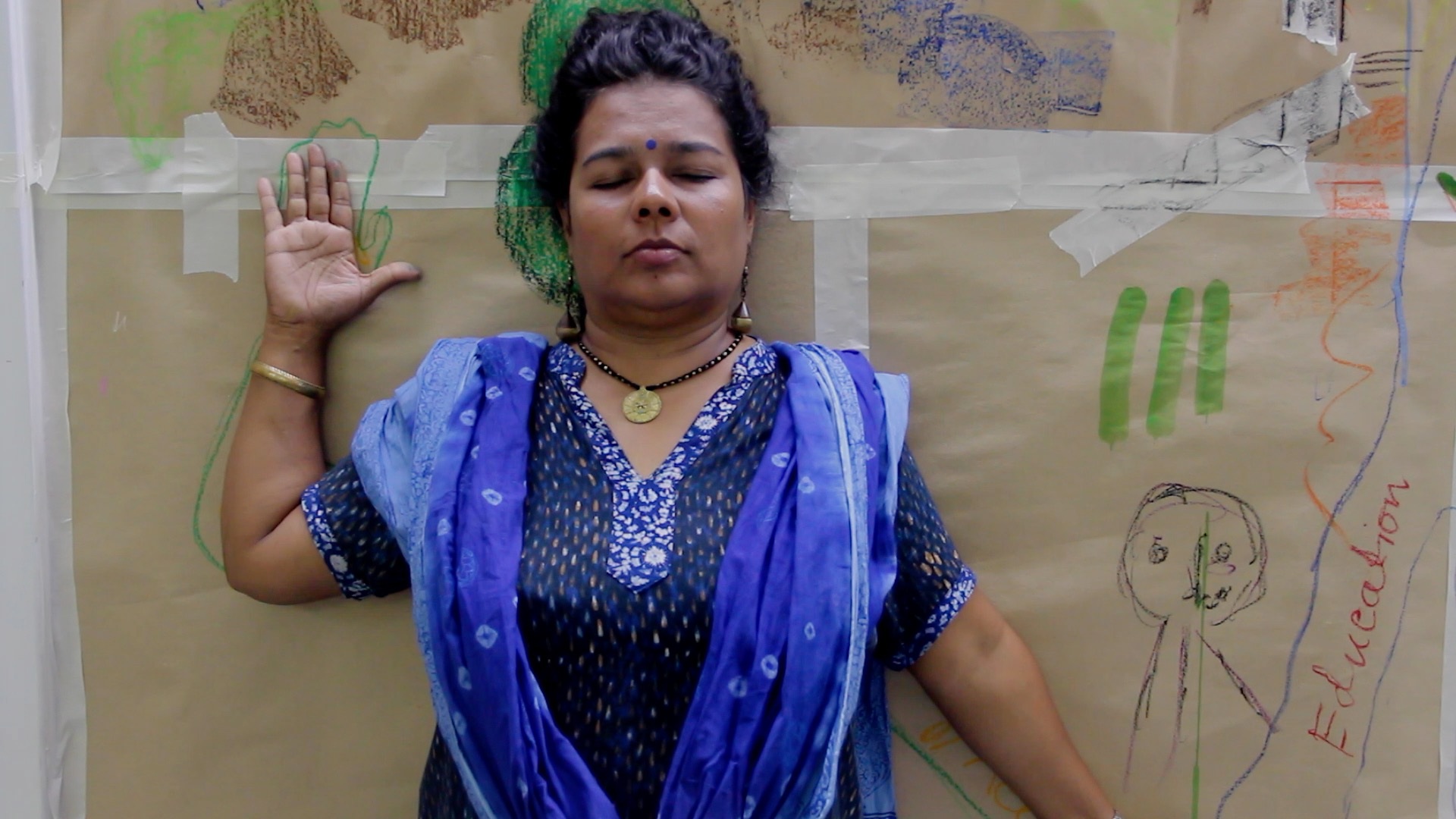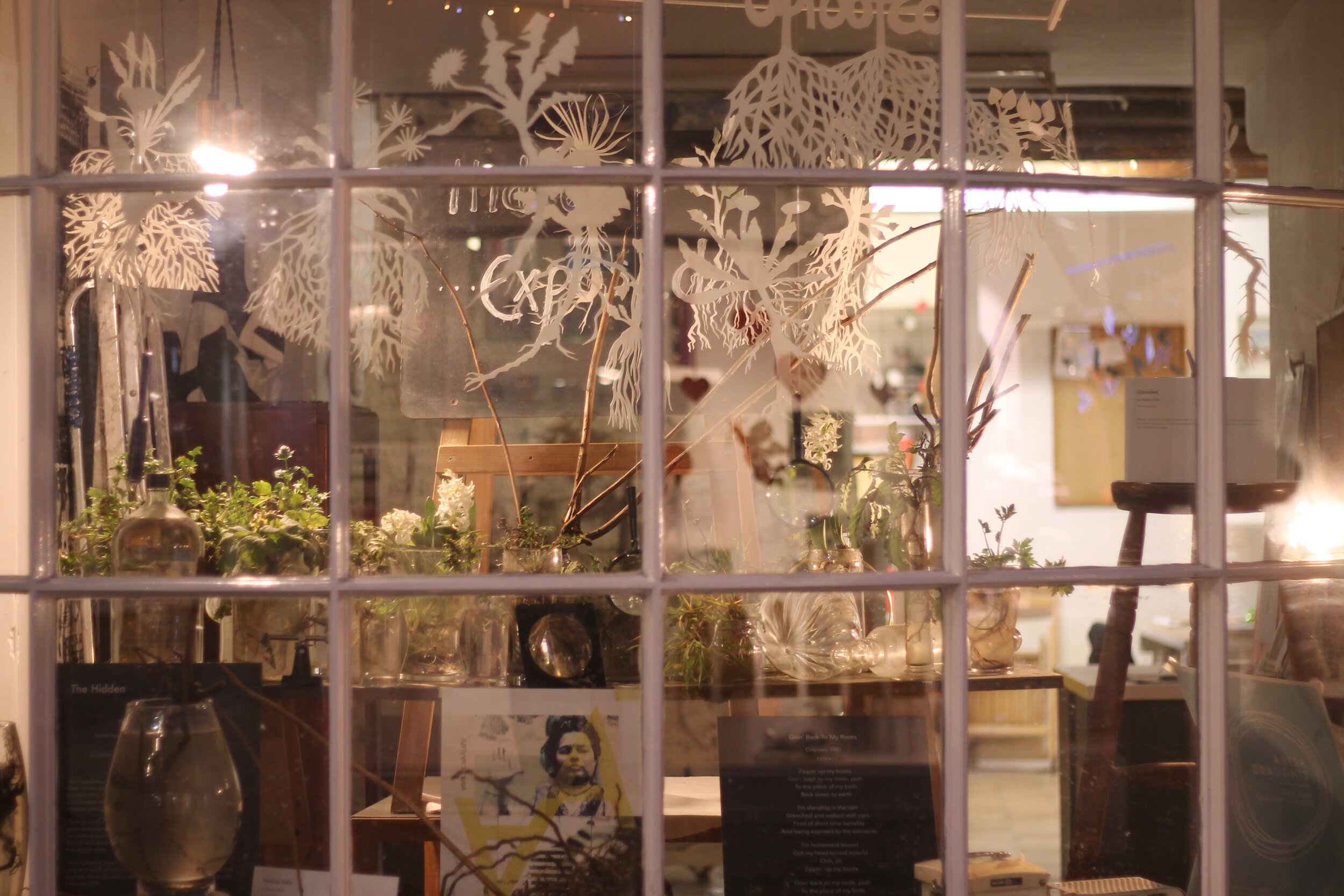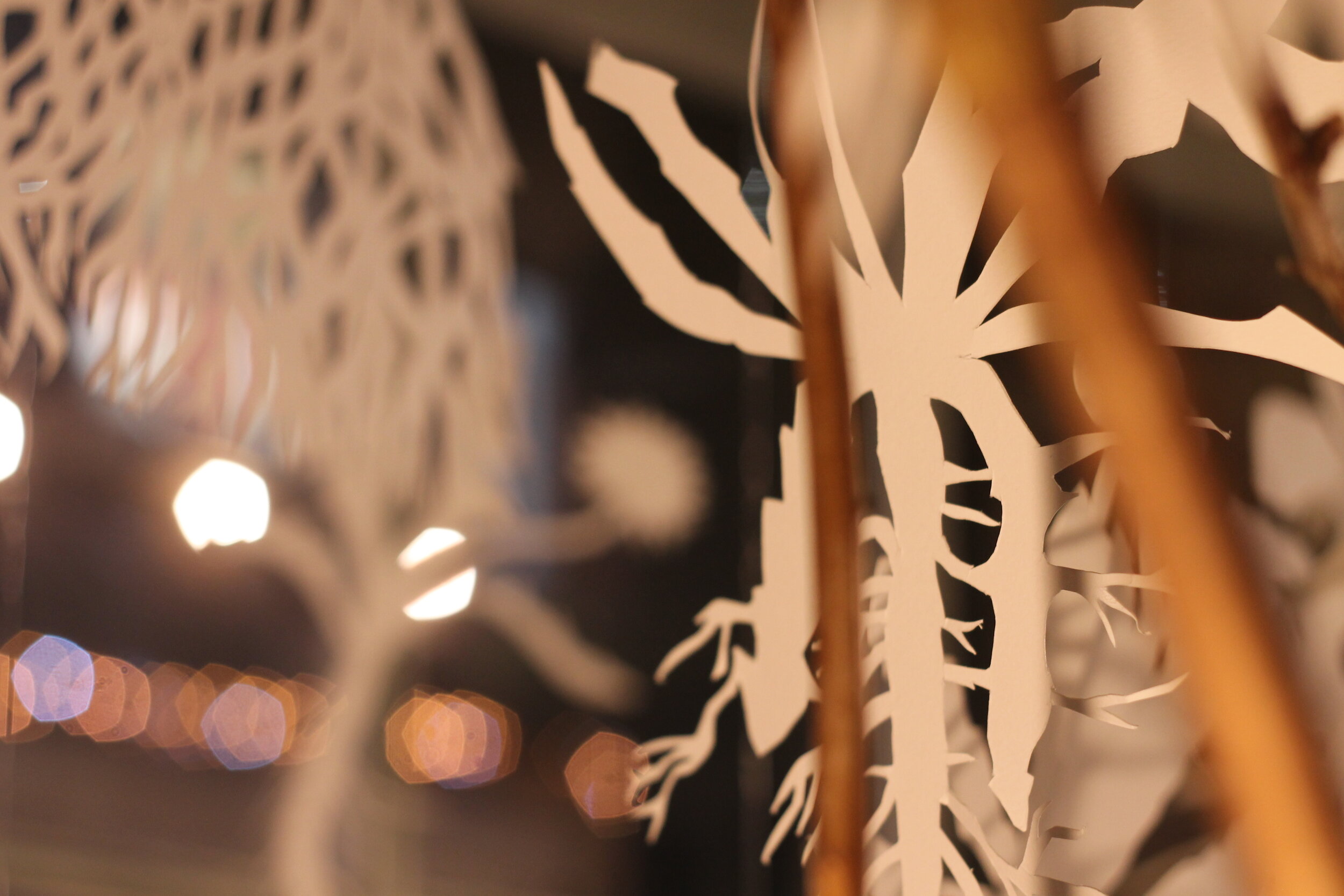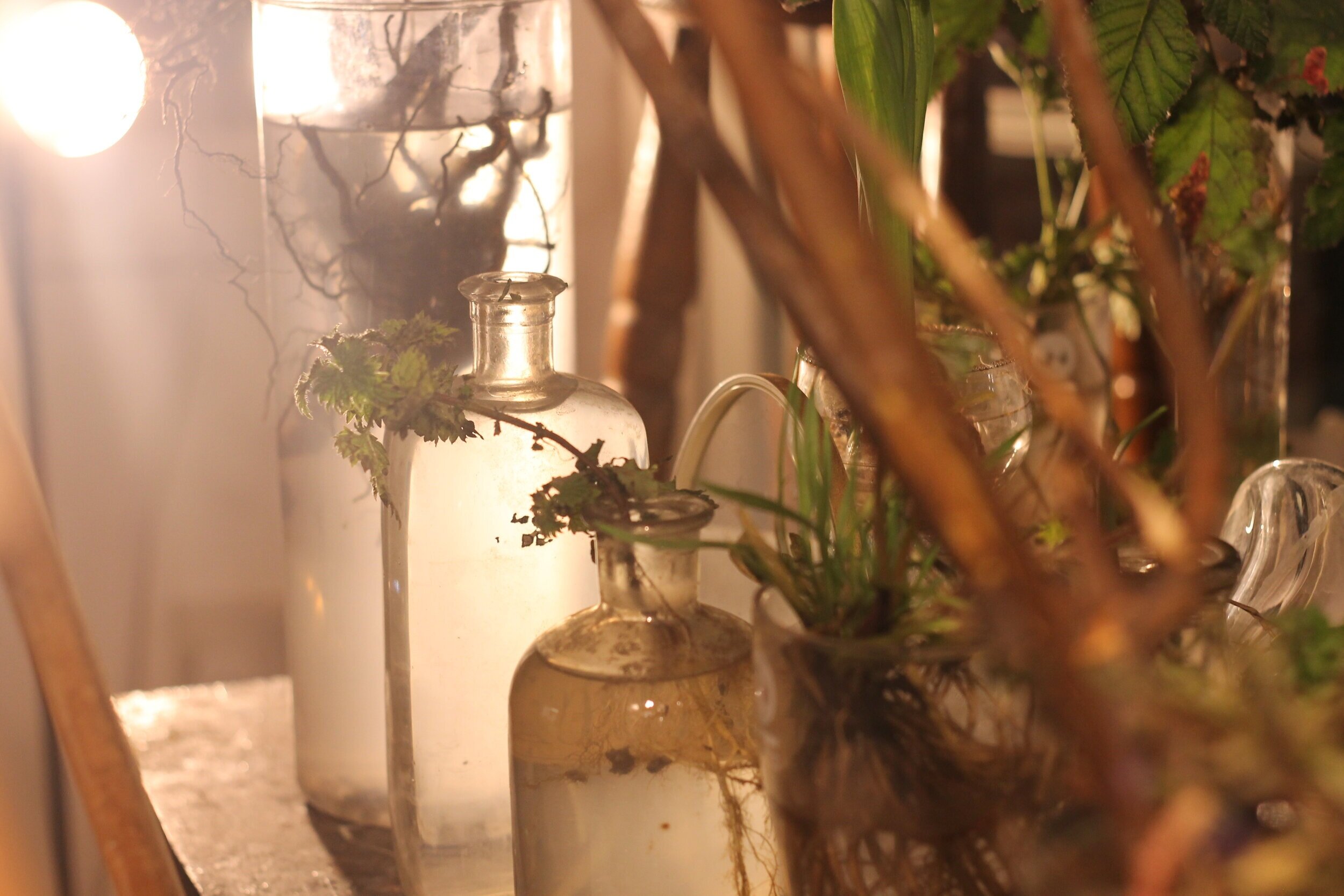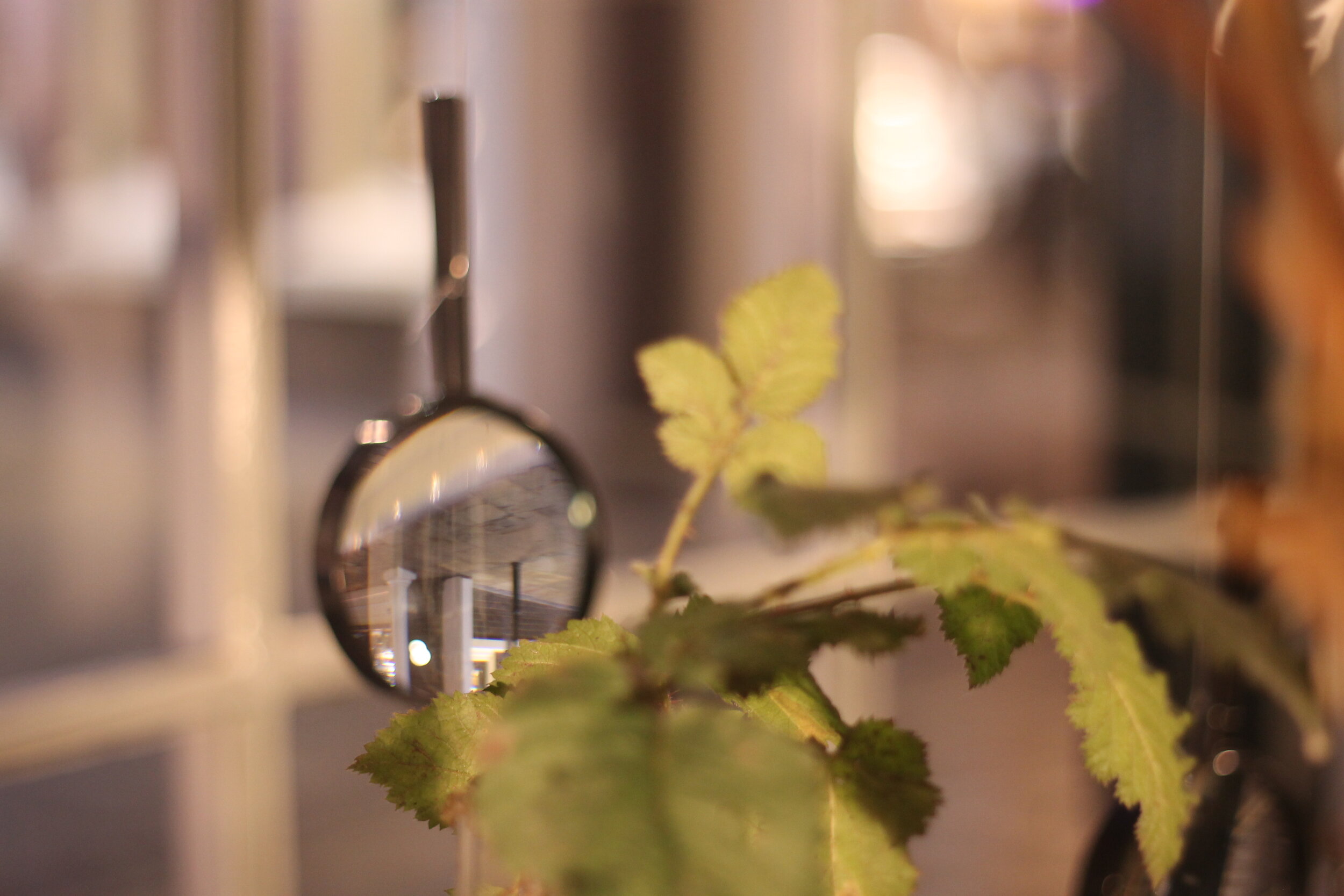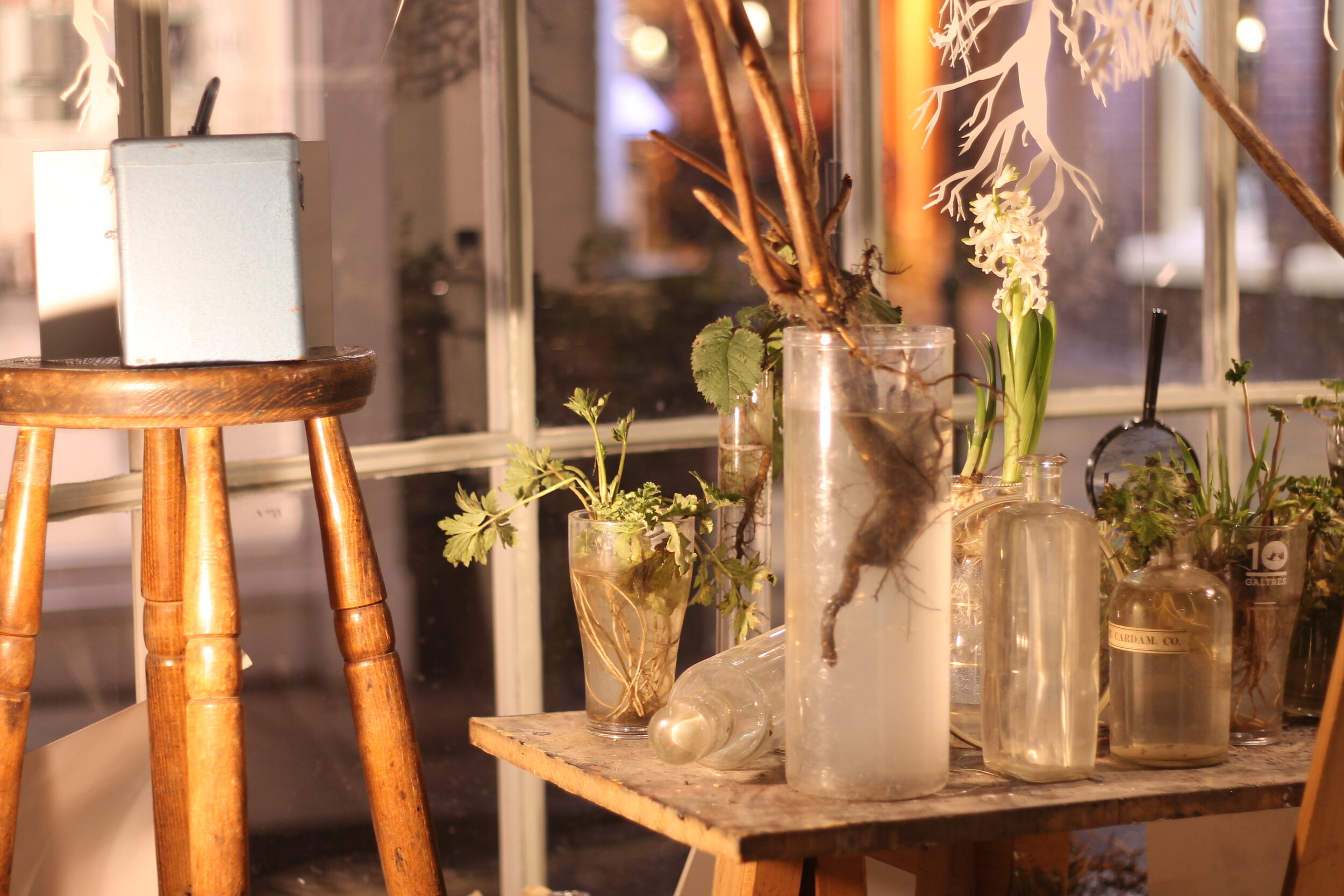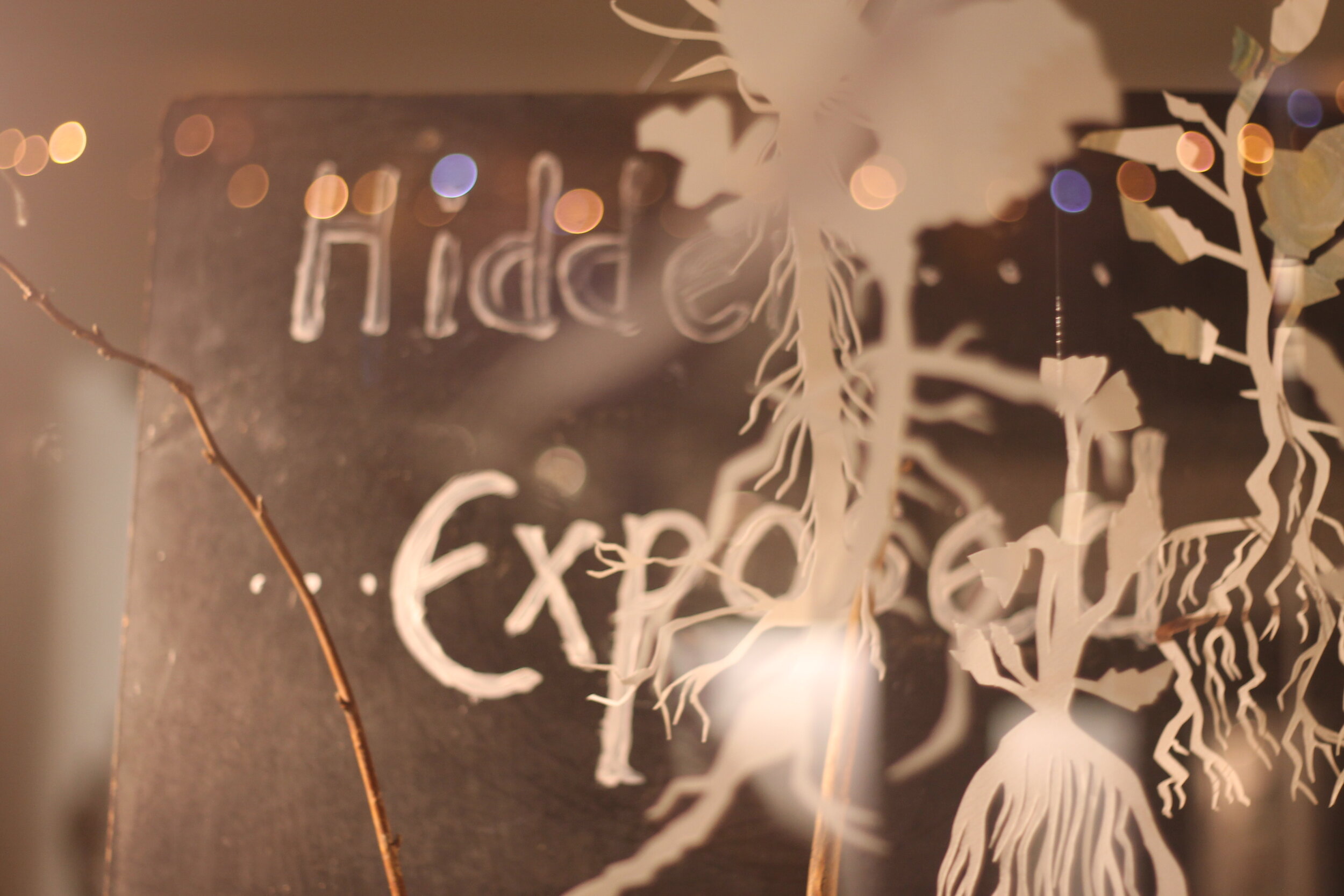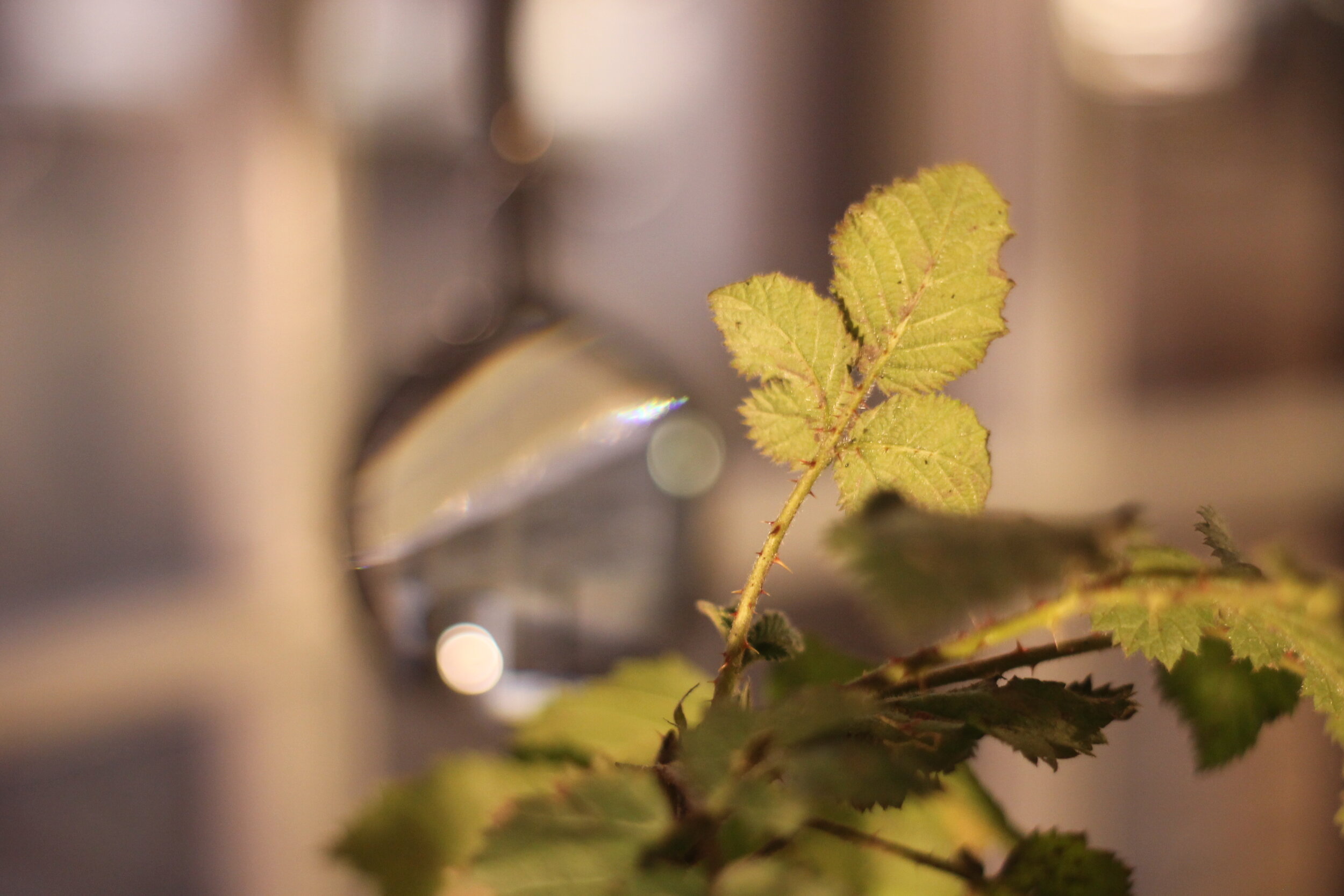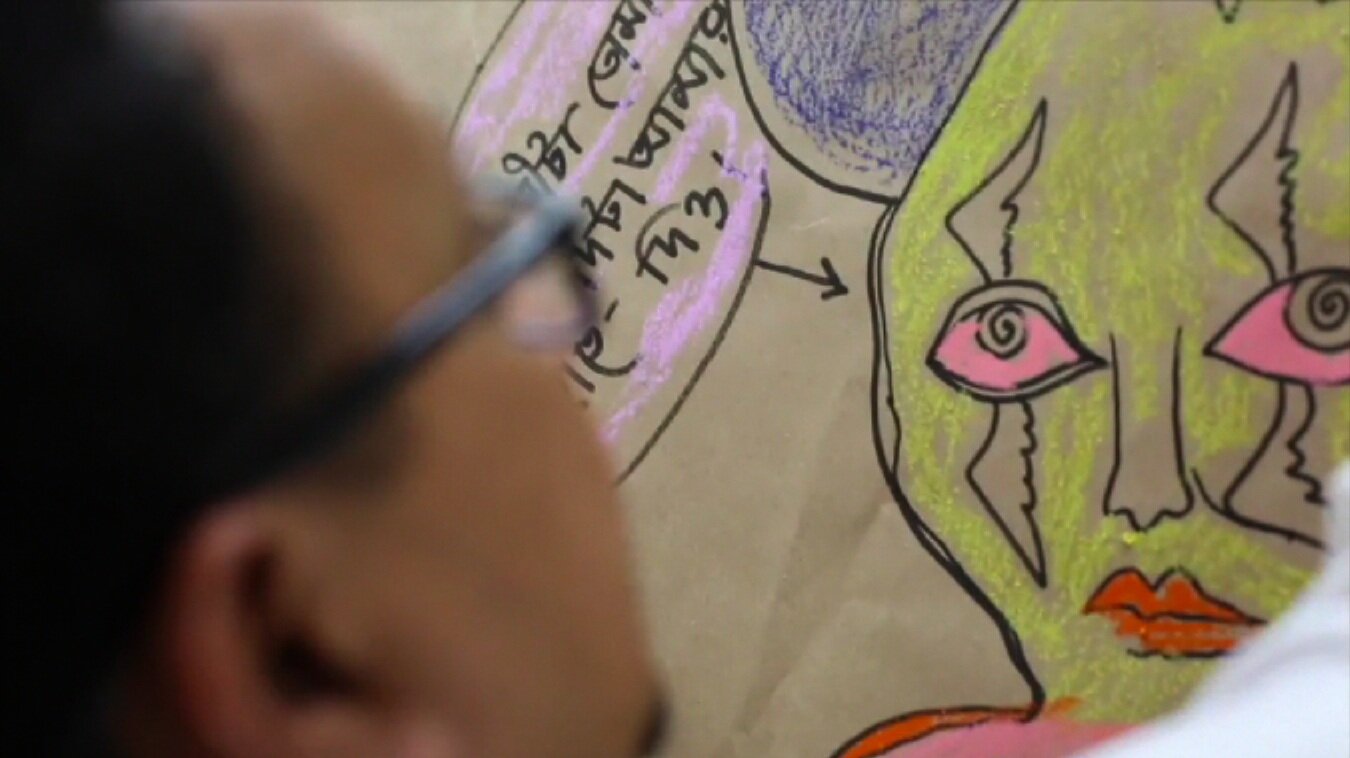Creative Activism
The use of art in collaborative ideas-making and efforts to effect change is currently enjoying a resurgence amongst researchers, activists and international development practitioners. There is well-grounded critique of the unequal power dynamics associated with this kind of socially conscious art-making, and the risk of art-washing problematic practices. What is less clearly articulated is how the arts can lead participants – whether researchers, activists or development practitioners – to new ways of knowing and imagining, disordering familiar power and knowledge inequalities to make way for new ideas.
In July 2017, two groups of academics, artists and activists held research workshops in Kampala and in Dhaka to explore how art could help us imagine and inhabit new ways of being, feeling and knowing, opening space to begin to articulate alternatives. We worked from the premise that imagination is not just something we have; it's something we generate together, through shared experiences, languages and ideas; through image, stories, dance, and music. Tapping into the rich cultural and artistic heritage of the places we come from, participants used art to experience the world differently and to dream up visions of a more just and sustainable world.
Collage by Rajib Gupdutta exhibited at the 22nd National Art Exhibition, Shilpakala Gallery, Dhaka, 2017
“From art, literature, music and dance, I have learnt that there is a sensory experience of our lives that encompasses innumerable named and unnameable shapes, hues and textures that ‘objective knowledge’ has failed to capture. The language of these genres communicates how ordinary people laugh and weep, work, play, bless, love and curse, make a space to stand forth and walk, fall and die.”
A short film about the arts based research methods used in the network workshops, produced by Emilie Flower.
Methodology
Participatory arts based research practice, power and activism
The methodology for the research is inspired by the research practice of Boaventura de Sousa Santos and of J.K. Gibson-Graham who have undertaken studies that have questioned dominant paradigms – Western epistemologies and capitalism – and gone on to develop research and practice uncovering and proposing alternatives – epistemologies of the South and community economies.
Our assumption was that Western epistemologies and dominant paradigms limit what the researcher, practitioner or activist finds important, or even what they are able to know and learn from their interactions with others. In the workshop, the researchers sought to use arts-based practices to disrupt dominant ways of knowing and performing “development,” encouraging participants to explore and articulate the different ways of knowing that they embody, have experienced, or could experience. The following papers describe some of the methods used in the workshops and reflections from the workshop participants and researchers.
“It is far easier to act under conditions of tyranny than it is to think.”
Arts-Based Research Practices
Working Paper by Ruth Kelly and Emilie Flower
Artist responses
Reaching Within Us Beyond Us
An exert from a poem devised in response to the creative activism workshop by Susan Kiguli
Sitting sometimes standing
Moving in the mapped out space
Of Makerere Art Gallery
Reflecting on what images and words
Can do to transform places
To elevate a country
It felt like this country is a book
And we were taking it off the shelf
Blowing away the dust
Opening its delicate pages
And breathing life
Into words……
“Enlarge the field from which the unexpected can emerge”
Collaborative Response
‘Should I stay or should I go,’ a video collage of a poem by Helena Okiring about diaspora and politics, composed and performed during the workshop in each of the different Ugandan languages that participants spoke, produced by Emilie Flower
Site specific installation
'Landscape Happening' is a film of ‘A Landscape Activity’ by installation artist, Shohrab Jahan and the Jog Art Space in Chittagong, Bangladesh. The happening was made as a response to the creative aclternatives project themes. The film was captured on film by Morshed Himadri Himu and edited by Shohrab Jahan and Emilie Flower during his residency at the Pica Studios in York.
Fictional Film
‘Communion,’ a short film reflecting on performance and reality, written and produced after the workshop by Patience Nitumwesiga.
Communion is the story of a woman digging into her past to find healing and well-being. “It’s about breaking out of daily boxes that women, mostly black women, are expected to fit into, and forging an imaginative journey through her pain using her past as a torch to finding her path into the future.” (Patience Nitumwesiga). The film was screened at this years Zanzibar film festival, and nominated in the 2019 Mashariki Film Festival awards in the category of Best African Short Film and Best East African Short Film.
Poetry
Dr Susan Kiguli is one of Uganda’s leading poets. Here she reads a poem she devised in response to the creative alternatives workshop to a group of academics, artists and academics at Makerere Art Gallery, Kampala, 2018.
“Power is the concrete power that any individual can hold, and which he can surrender, either as a whole or in part, so as to constitute a power or a political sovereignty”
Theatre production
Ribon Khandokar attended the workshop and was inspired to transform her theatre company, Tannisho Natuya, to produce more independent politically conscious theatre. “We launched our journey of art and activism only with our positive energy and our pocket money…we chose two scripts; one is “ Letter to Child never born” and “Urthiri- The component”.
“Letter to a Child Never Born (Lettera a un bambino mai nato, 1975) is a novel by Italian author and journalist Oriana Fallaci. It is written as a letter by a young professional woman to the fetus which she carries in utero. It is assumed that Fallaci describes her own sufferings through this letter. It details the woman's struggle to choose between a career she loves and an unexpected pregnancy, explaining how life works with examples of her childhood, and warning him/her about the unfairness of the world.
This gripping tale is undeniably fiction, for it includes dream sequences as well as an imagined dialog with the child ("Child"). It may not have happened in real life but everybody believes that most of the events depicted really happened. And there is nothing very unusual about those events: A young career woman gets pregnant out of wedlock, determines to carry the child to term, but miscarries. What makes it so memorable is the way Fallaci illuminates the inner life of the young woman — who swings from hope to fear, the loving support for the nascent life conflicting with her drive to maintain her career, which she also loves, the nagging guilt in the end that her pursuit of that career led to the miscarriage, and her responses to the external pressures on her.” (Ribon Khandokar)
“Uthiri is a one actor play in 4 acts which follows the anguished voice of a forest dweller uprooted from his birth-scape and thrown into the city to fend for himself. Caught in the treacherous mines of media and pseudo sophistication the forester finds himself a marginal lumpen or merely a component unable to fit into the city machine. He is a working component of the earth’s order of nature and he upholds values of honesty and dignity. The performance is a strong physical theatre infused with aboriginal music and native Tamil sounds. The performance attempts to place the human body as a component of the land and its nature and to talk about the loss of traditional food which also served as medicine and a way of life where humans and nature could co-exist and where everyone had a chance to live with dignity.”
“{For the} last 17 years I have been working with many NGOs and through theatre and documentary film making I try to execute their thought and vision and mission. Sometimes their thought closely relates to my moral thought, sometimes I only did it for consultancy and money...The most interesting part to receive the contact from the Action Aid GP and Department of Applied Human Rights, University of York is that - they never try to impose our creative work; they gave us full freedom to do whatever we want.”
Interactive soundscape
Sound Pods by Emilie Flower, Lynette Queck and Rebecca Carr
The sound scapes are a projection of data that was generated by research at the centre. They take as their inspiration the replacement of the head with a lotus flower, a repeating motif in the Bangladeshi creative alternatives research workshop in Dhaka.
Much of the artwork in this exhibition is a response to this data – but what distinguishes it from the usual way that we encounter research is that it has been analysed and distilled by artists rather than social scientists, and presented through their lens.
Research is a generative process, and the raw data can be hard to understand. The soundscapes are an opportunity to appreciate the raw noise of unprocessed data.
Collage exhibited at the 22nd National Art Exhibition, Shilpakala Gallery, Dhaka, 2017
Window exhibit
The Viewing Table and Uprooted paper hanging were a collaborative window display created for the art and activism exhibition by Lu Mason and Emilie Flower at Pica Studios, 2018.
Wolfgang Tillmans, Weed 2014 © Wolfgang Tillmans
Exhibitions
A 3D Screening at The Festival of Ideas, York
Bodymapping
Exhibit at the Festival of Ideasl of Ideas
Art and Activism: Imagination



